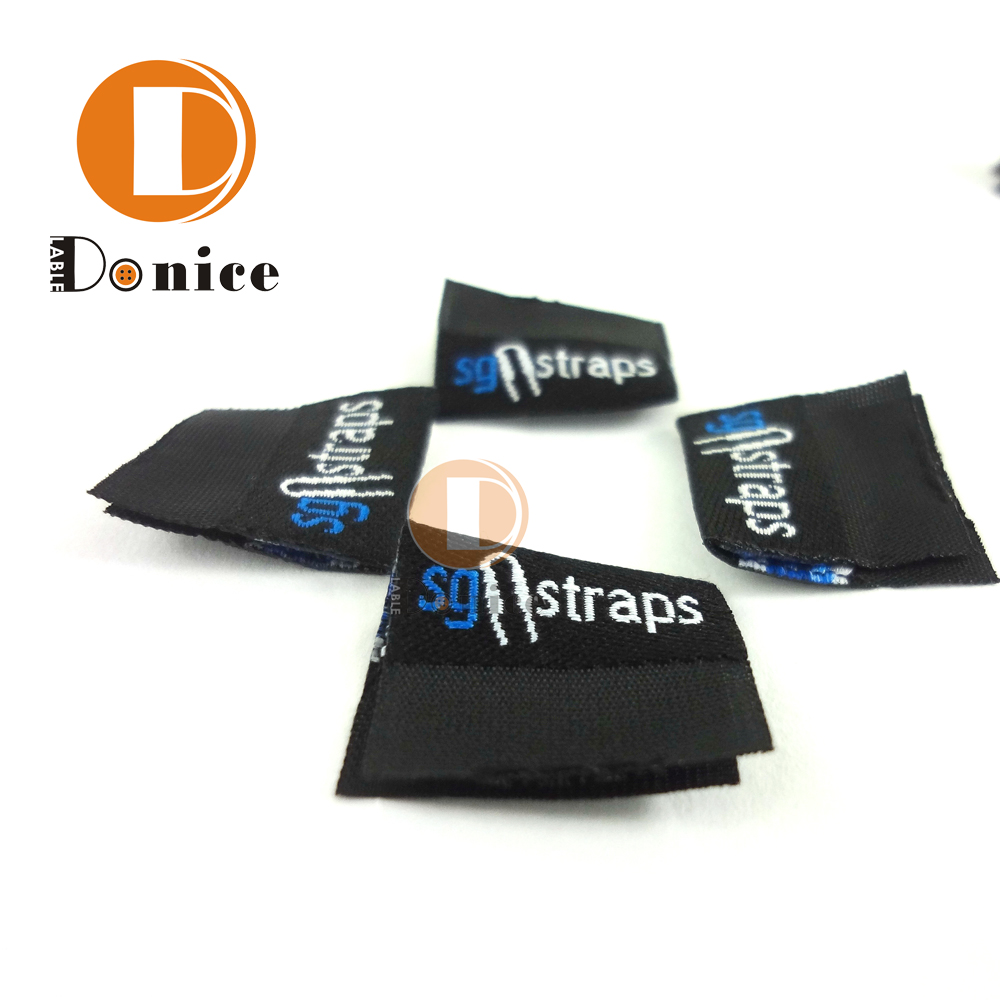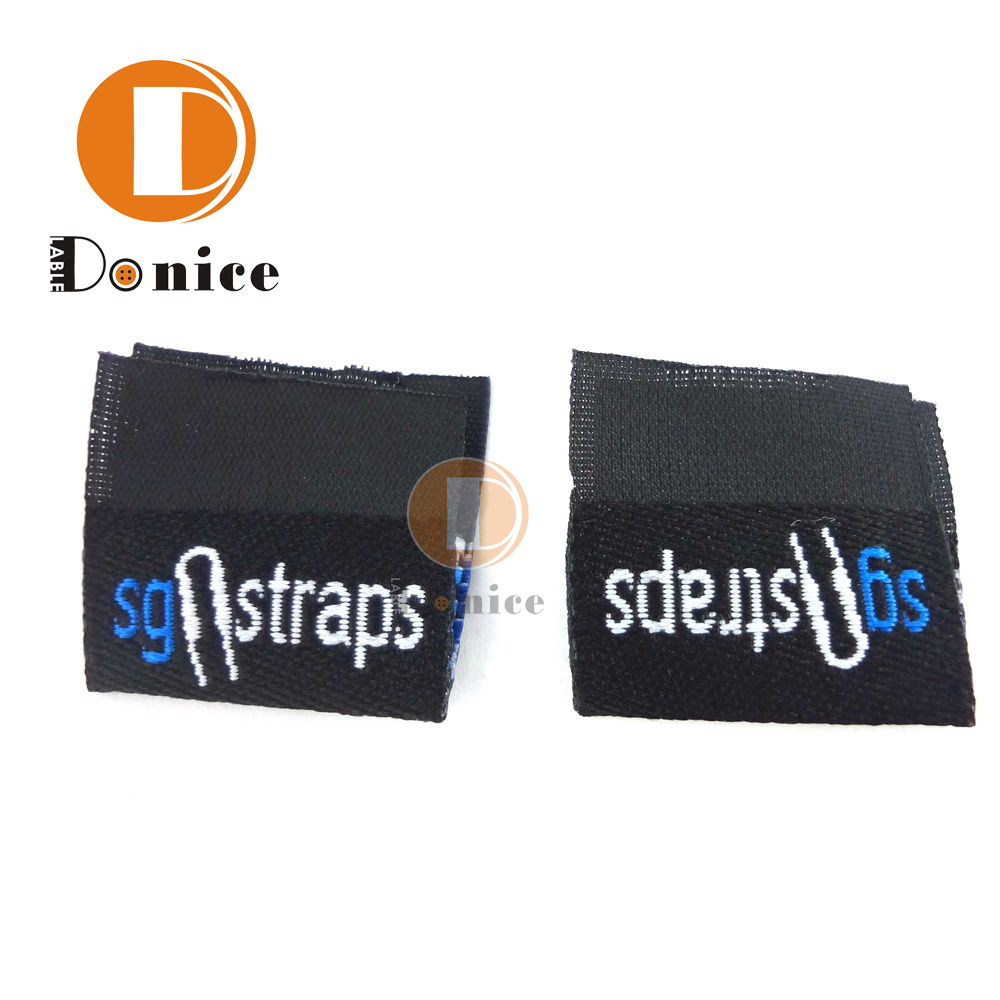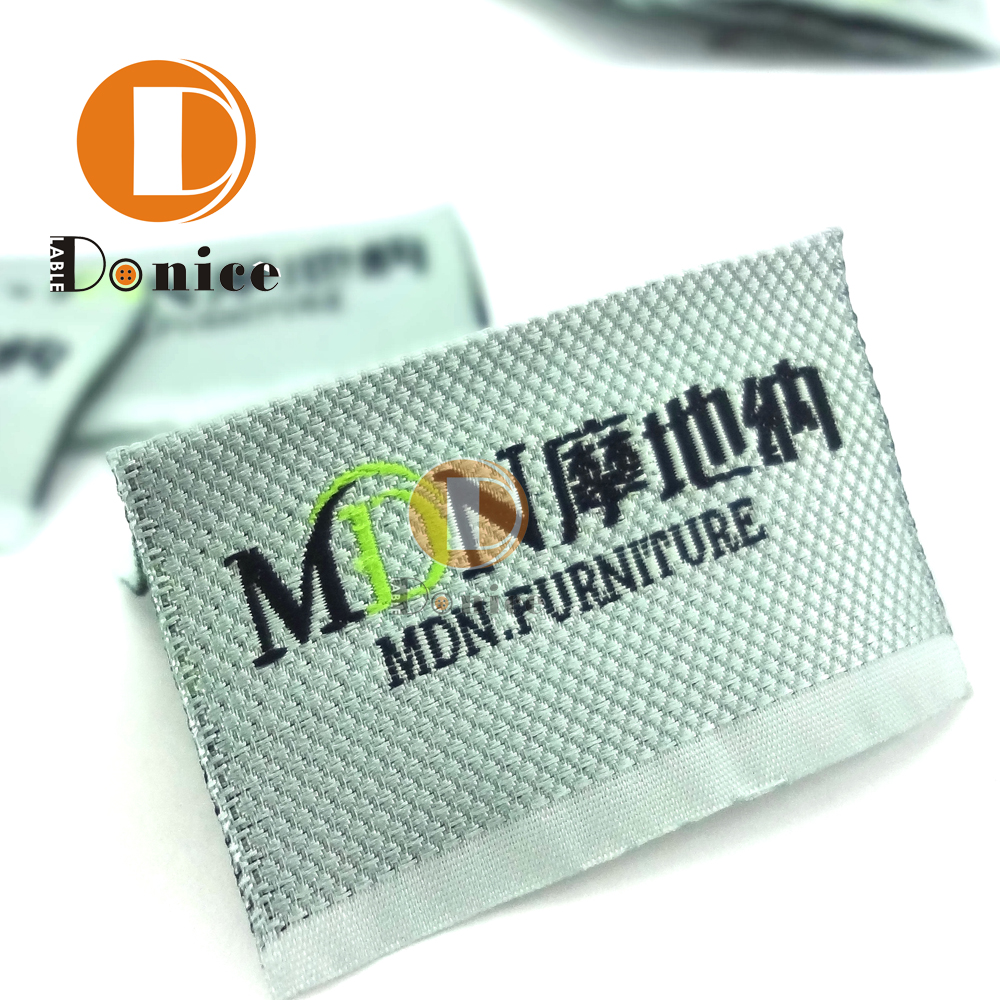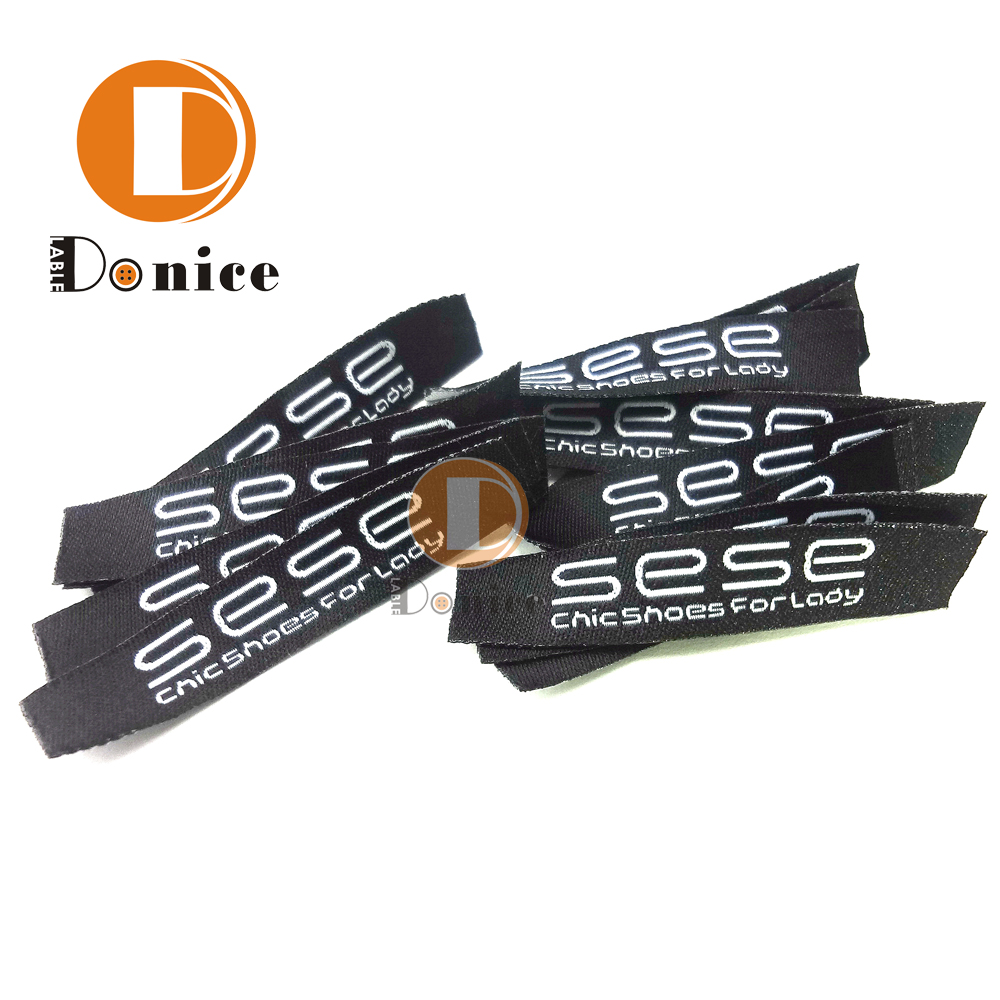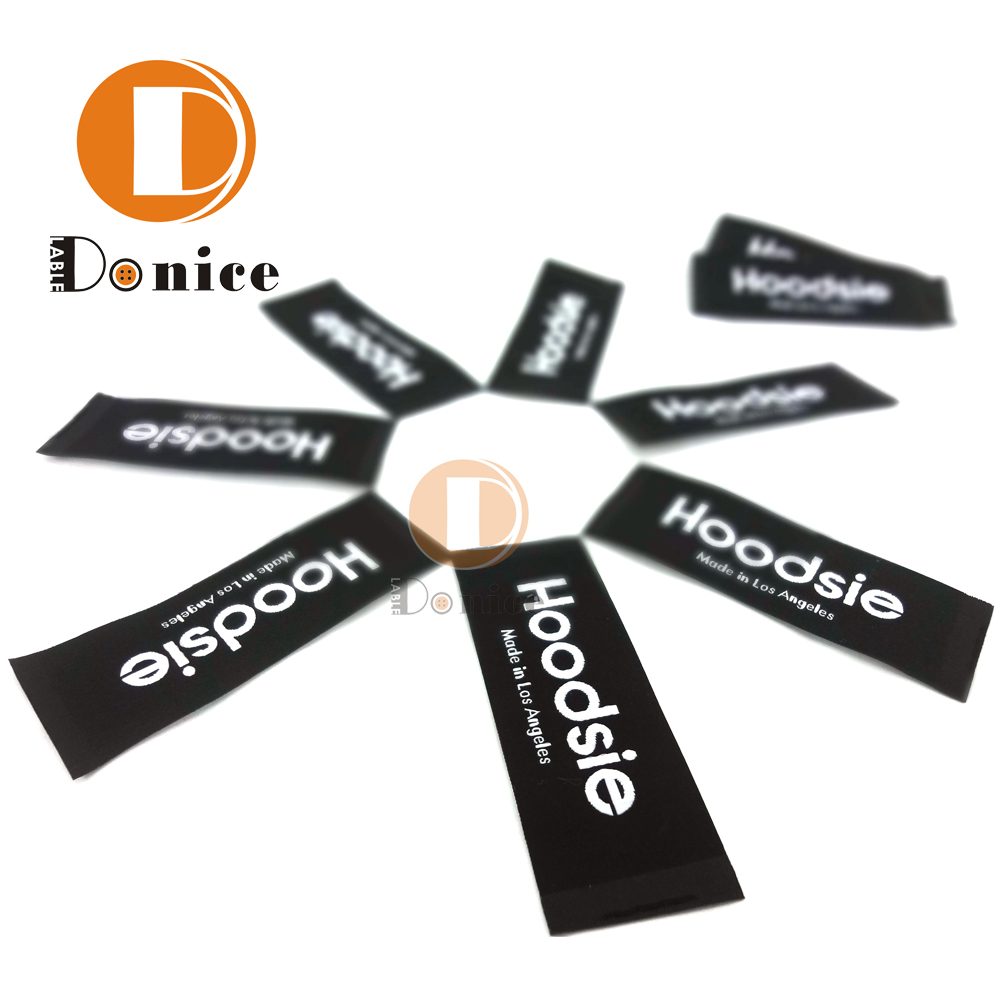Woven Labels
Woven Labels with Unique Textures and Patterns
- Product description: Woven labels with unique textures and patterns offer an excellent way to elevate product branding and enhance consumer experience. By carefully selecting materials, employing advanced weaving techniqu
Woven Labels with Unique Textures and Patterns
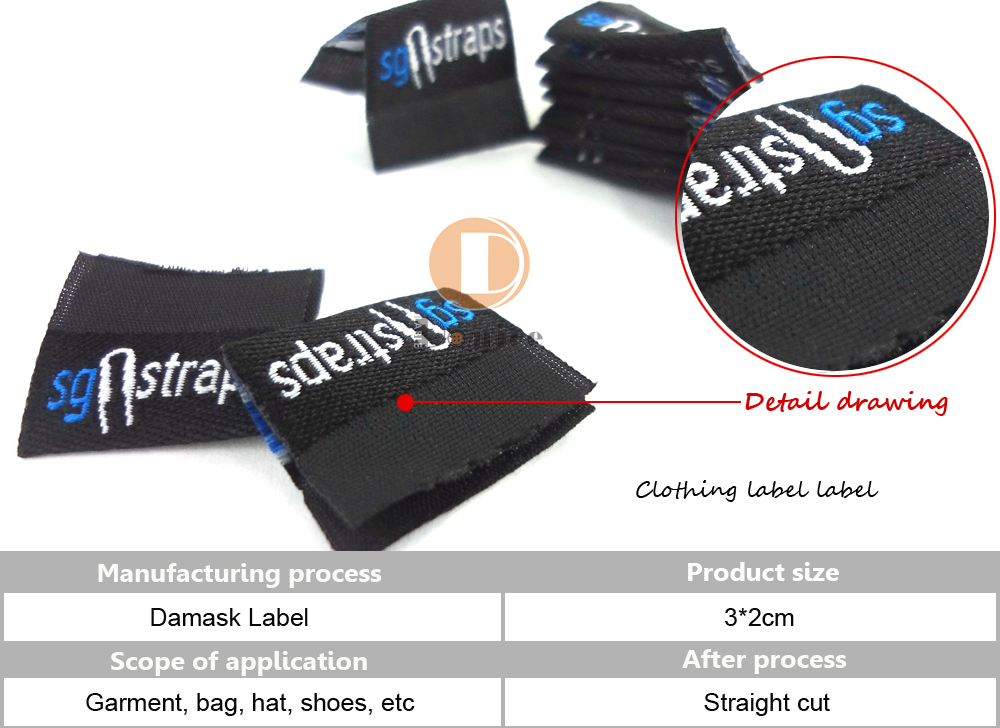
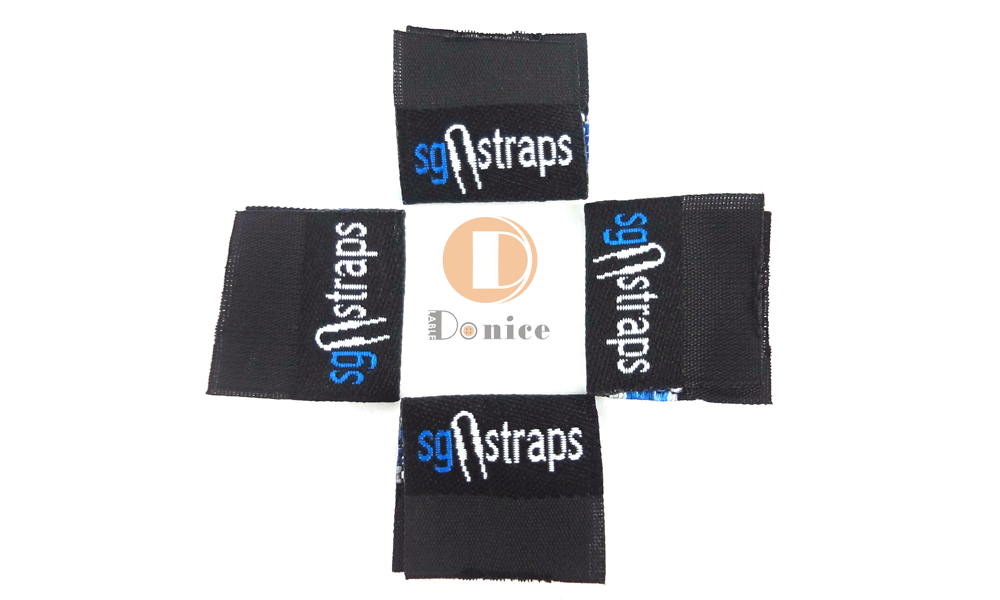
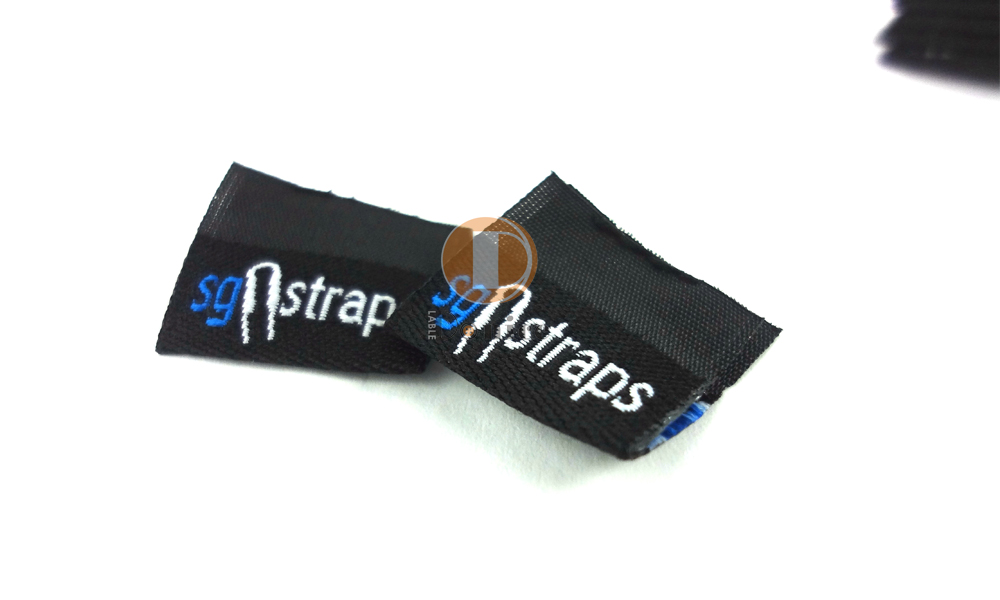
Woven labels are a vital component in garment branding and product identification. Incorporating unique textures and patterns into woven labels can significantly enhance their visual appeal and tactile experience, making them stand out and adding a touch of sophistication to any product. This article explores the benefits, applications, design considerations, and best practices for creating woven labels with unique textures and patterns.
Benefits of Woven Labels with Unique Textures and Patterns
-
Distinctive Branding: Unique textures and patterns make woven labels stand out, helping brands to differentiate their products in a crowded marketplace.
-
Enhanced Tactile Experience: Textured labels provide a tactile element that can enhance the overall consumer experience, making the product feel more luxurious and high-quality.
-
Visual Interest: Patterns and textures can add depth and visual interest to labels, making them more attractive and memorable.
-
Versatility: These labels can be customized to suit various products and industries, from fashion and apparel to home goods and accessories.
Applications in Various Industries
-
Fashion and Apparel: Woven labels with unique textures and patterns can be used in high-end clothing, designer brands, and boutique fashion to add a premium touch.
-
Home Textiles: Products like cushions, blankets, and curtains can benefit from textured labels that complement the fabric and design of the item.
-
Accessories: Bags, hats, scarves, and other accessories can feature woven labels with distinctive patterns to enhance their aesthetic appeal.
-
Luxury Goods: High-end products, such as leather goods and jewelry, can use textured woven labels to convey exclusivity and craftsmanship.
Design Considerations
-
Material Choice: Select materials that can effectively display textures and patterns. Cotton, satin, and damask are popular choices for their ability to hold intricate designs.
-
Weaving Techniques: Use advanced weaving techniques to create various textures, such as raised patterns, embossed effects, or jacquard weaves. These techniques can add depth and complexity to the label.
-
Color and Contrast: Choose colors that enhance the texture and pattern. High contrast between the pattern and background can make the design more striking and legible.
-
Brand Alignment: Ensure that the textures and patterns align with the brand’s identity and the product’s overall aesthetic. The design should complement and not overpower the product.
Best Practices
-
Prototype and Test: Create prototypes and conduct tests to ensure that the texture and pattern are effective and durable. This helps in assessing the tactile feel and visual impact of the label.
-
Quality Control: Maintain high standards of quality control to ensure that the labels consistently meet design specifications and are free from defects.
-
Sustainability: Consider using eco-friendly materials and sustainable production methods. This aligns with the growing consumer demand for environmentally responsible products.
-
Collaboration: Work closely with experienced label manufacturers to achieve the desired texture and pattern. Their expertise can help in selecting the right materials and techniques.
Categories
Latest News
Contact Us
Contact: Peano
Phone: 08618925218435
Tel:
Add: 1st Floor, Building 7, Zhizao Street (Accelerator), Jinwan District, Zhuhai City, Guangdong Province, China
